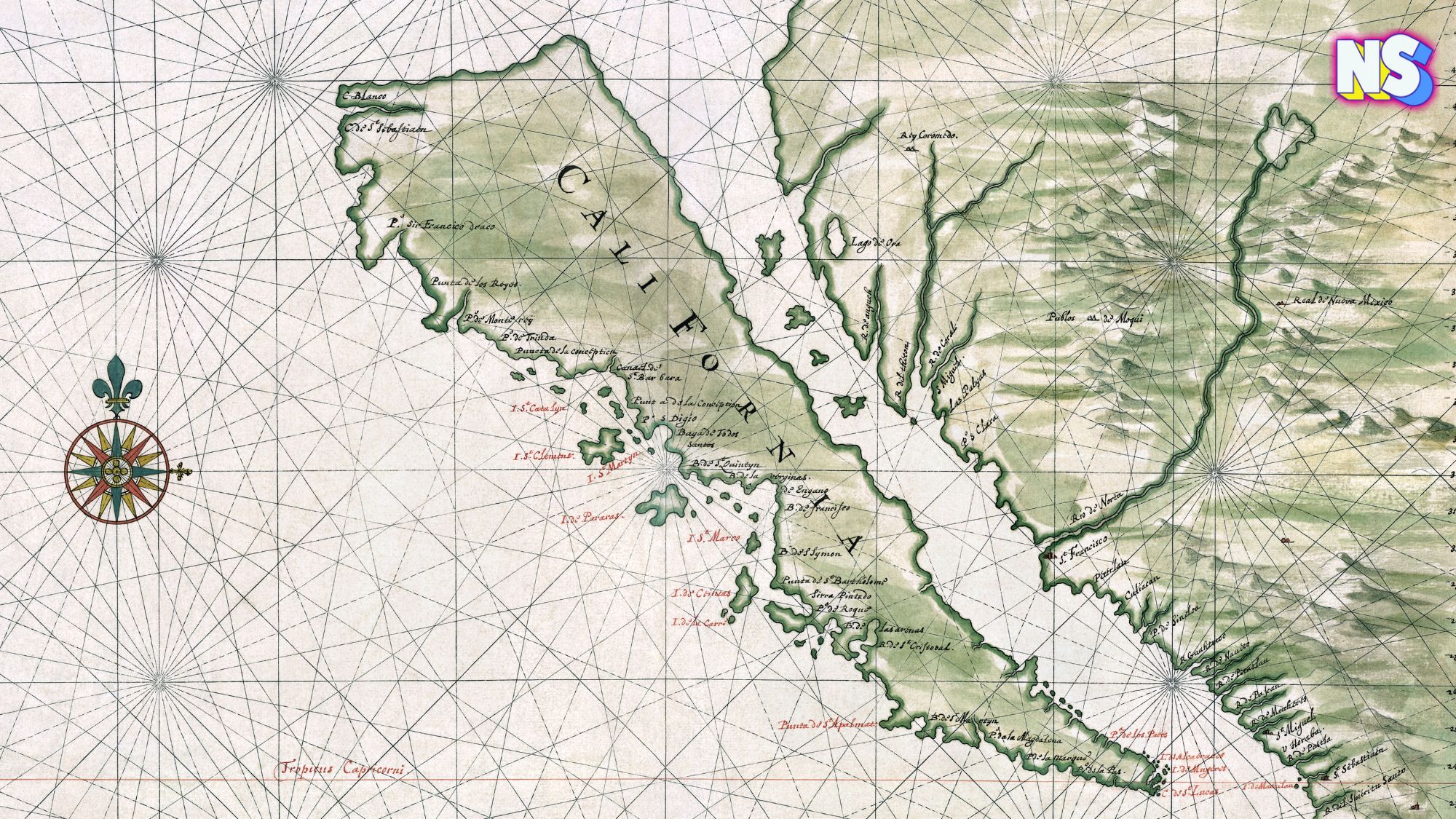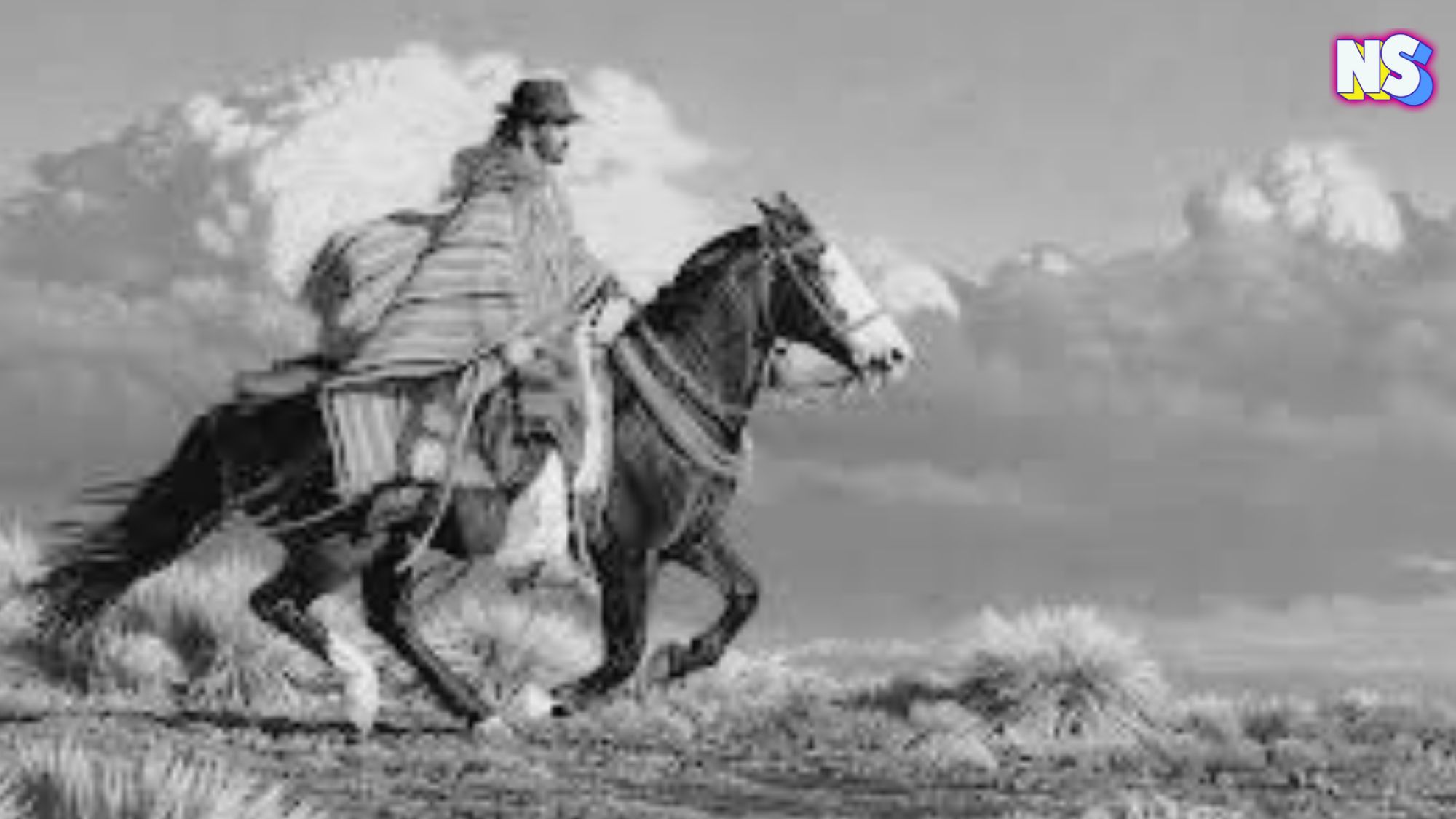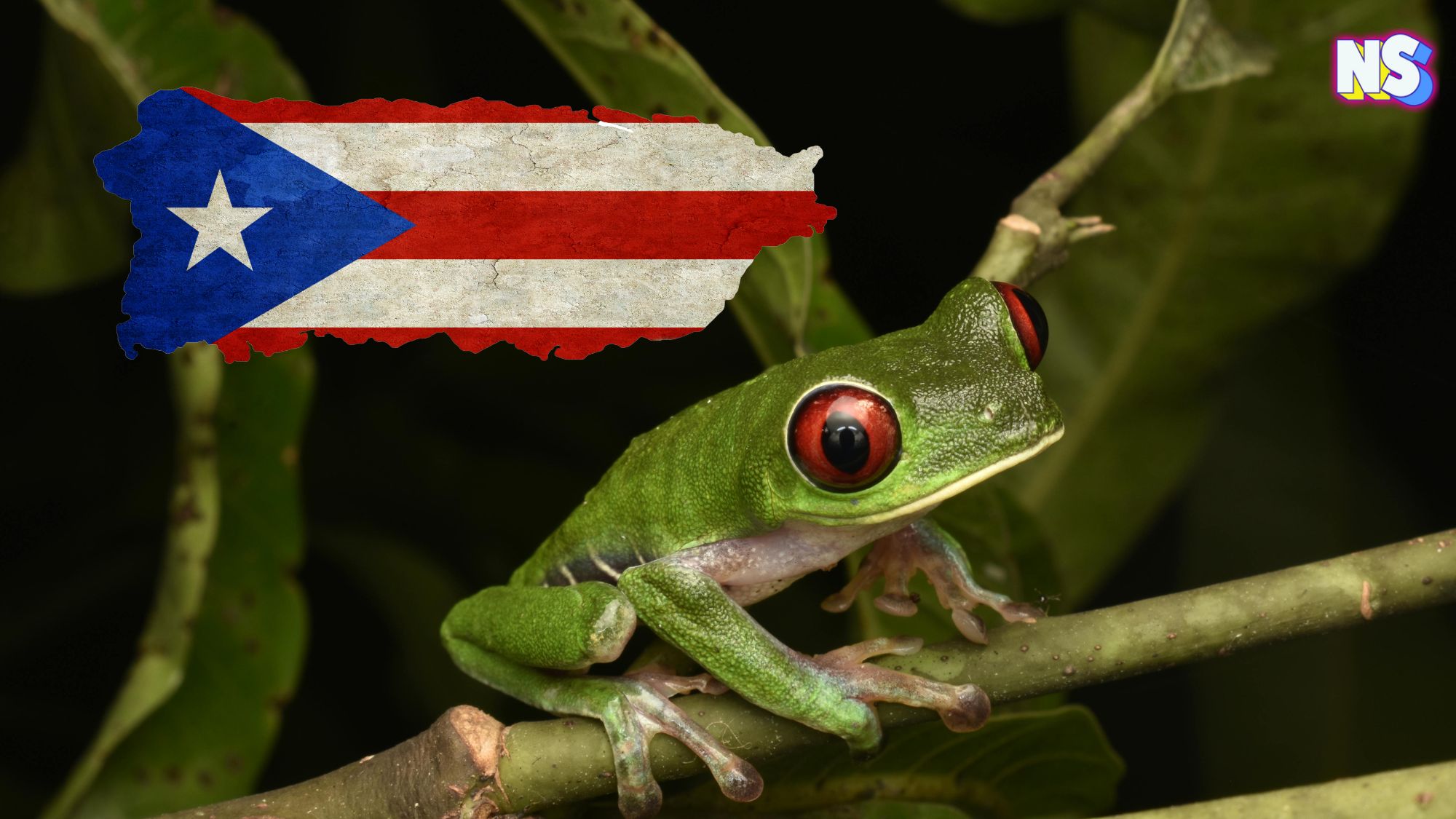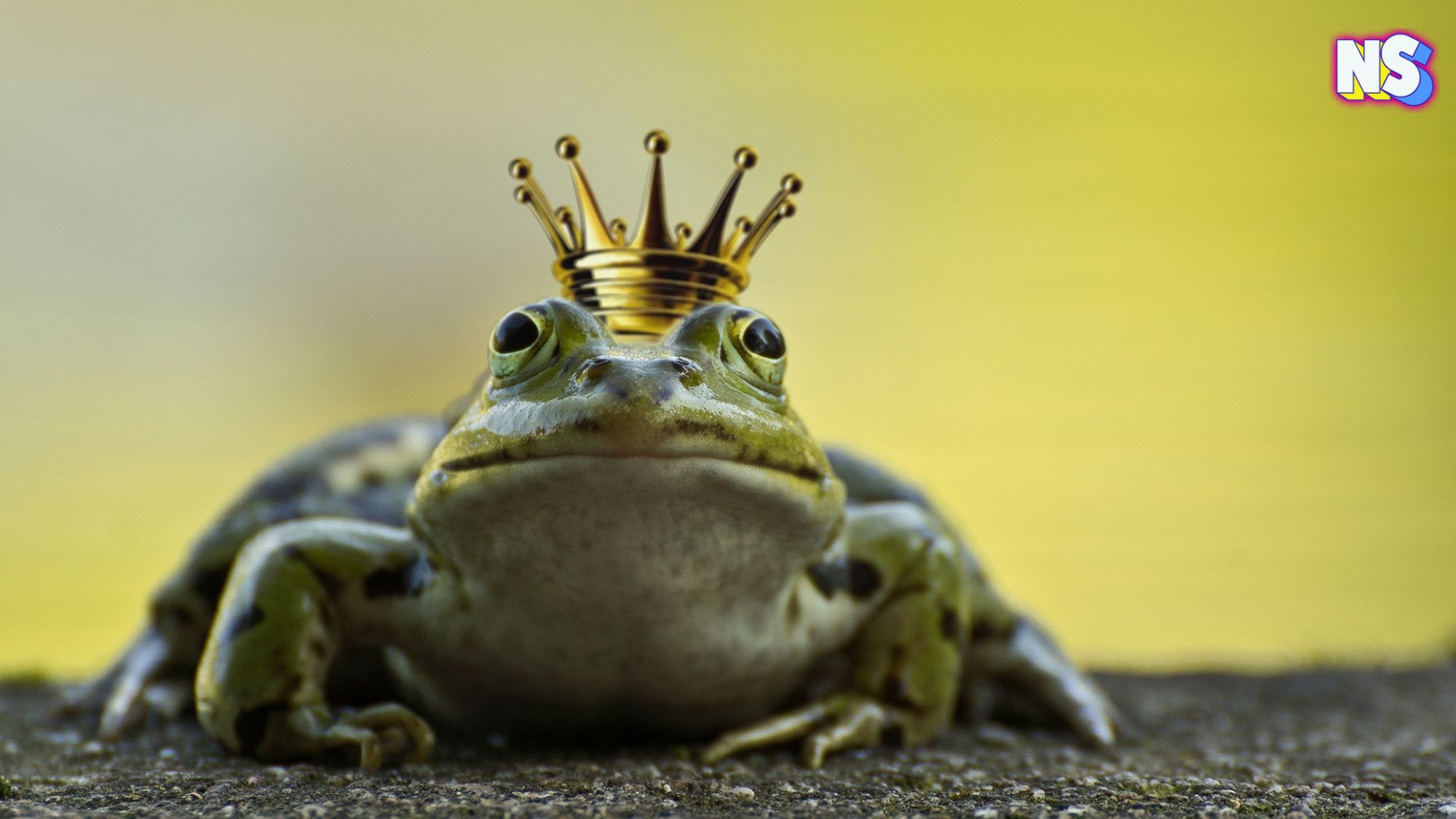If you’re from California, or have a Chicano friend, you may have heard the term “Califas.” Maybe in a song. Maybe in a mural. Maybe in a conversation that just felt, you know, deeper than the everyday chatter about the Golden State.
But why do some Chicanos call California “Califas”? And what makes this version of the name so powerful? The answers start centuries before the United States even existed, with a mythical queen, a misunderstood history, and a group of artists who refused to let their heritage be erased.
The Legendary Queen Calafia: A Mythical Beginning
The word “Califas” has roots stretching all the way back to a 16th-century fantasy novel. Turns out, California was named after a fictional queen.
In 1510, Spanish writer Garci Rodríguez de Montalvo published “Las Sergas de Esplandián” (“The Adventures of Esplandián”), which told the story of an island paradise called California. This island, filled with gold and strange creatures, was ruled by Queen Calafia, a fearless Black warrior who led an army of women.
And the name? It wasn’t random.
“The inspiration for the word was likely ‘Khalif’ or ‘Khalifa,’ which means ‘successor’ in Arabic but more specifically refers in Islam to a head of state or leader of the Muslims,” PBS SoCal explains. “Montalvo was surely familiar with these words. Portions of Spain were ruled by the Moors, who were Muslim, from 757 to 1492. And it fits the story’s narrative. Montalvo’s novel was a fanciful rehash of the struggle between Christians and Muslims during the Crusades.”
When Spanish explorers set out to claim land in the New World, they believed they had stumbled upon this fabled island and named the region California, directly borrowing from Montalvo’s novel.
But while the Spanish gave the state its name, it was the Chicano community that gave Califas soul, history, and pride.
Califas and the Chicano Movement
For Chicanos, California’s roots go deeper than the Treaty of Guadalupe Hidalgo of 1848.
“The name ‘Califas’ is commonly used to refer to California by Chicanos wishing to emphasize the deep histories, memories, and identities that existed in the state long before the international boundary was created,” the Richmond Art Center writes.
One of the people who helped bring Califas into the spotlight? Renowned Chicano artist and professor Eduardo Carrillo.
In the 1960s, Carrillo realized something troubling: his own culture was missing from his education.
“There weren’t any courses in Mexican art history, much less in Chicano art,” Carrillo explained in a 1982 interview. “This bothered me somewhat because here was this tremendous heritage that I didn’t know anything about. Yet, somehow, people expected me to know something about it, and I didn’t.”
So, what did he do? He went searching for the truth.
Carrillo traveled to Mexico, studied Pre-Columbian art, and began teaching courses on Mexican art at UC Santa Cruz. But that wasn’t enough. He wanted to make Califas a cultural force.
The 1982 Califas Exhibit: Chicano Art as Resistance
In 1982, Carrillo co-organized “Califas: Chicano Art and Culture in California,” an art exhibition that brought together some of the most important Chicano artists of the time. The goal? To show the world that Chicano art, and by extension, Chicano identity, was powerful and unapologetically present.
“We see an interest in Pre-Columbian art and going back into ancient roots,” Carrillo explained. “We also see an art of protest. Many of the artists were in school during the 1960s, during the Free Speech Movement. They were critical of the establishment, the system, and the educational institutions.”
Through paintings, murals, and other works of art, Chicanos told their own stories, ones that had been ignored or erased in mainstream history. This is how the “Califas” went from being a name to a respected movement.





